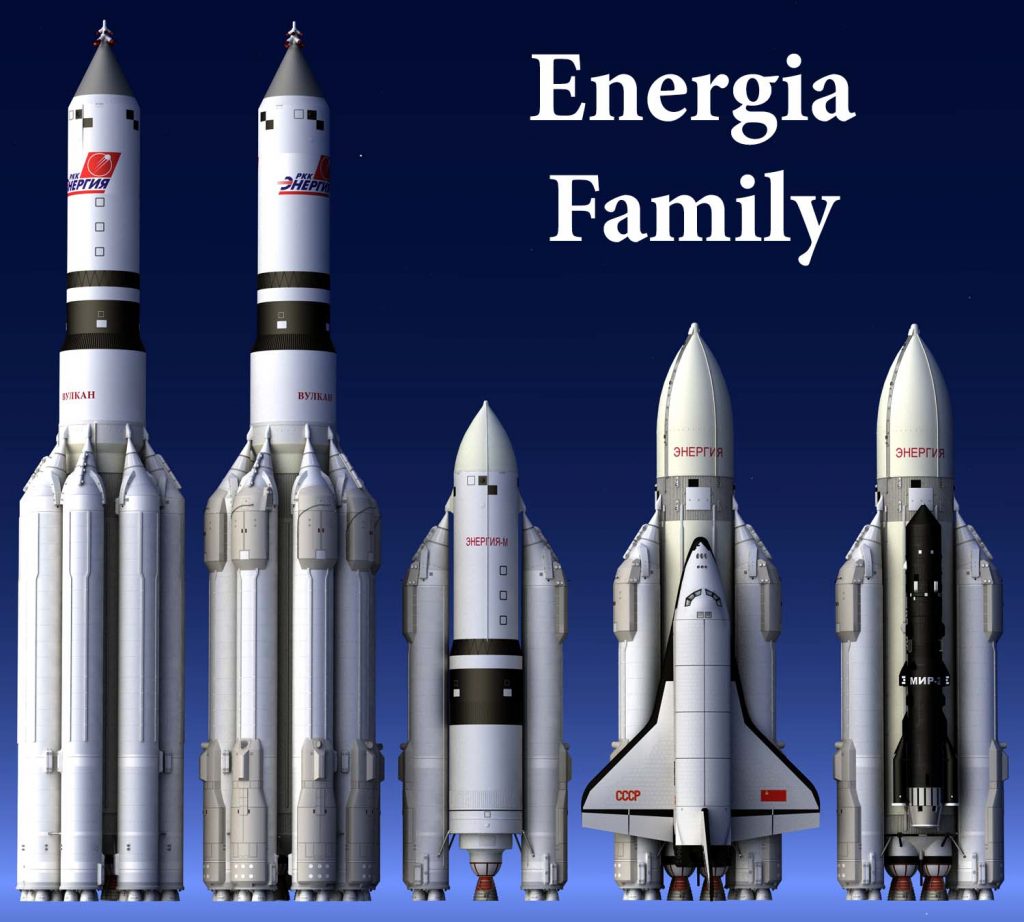Some more beautiful renderings and another look at the weak and pathetic Amercanskis. The comment near the end about space scepticism though is worrying to me.
I'm not saying this'll flip the election, or even swing any real votes, but to have the opposition party candidate advocating fiscal responsibility at a time of obvious American weakness in space can not be a good look for the program.
Mondale - who I assume the Gipper will be running against in '84, has been (unfairly) known as something of a NASA-skeptic ever since the Philips report debacle back in 1967. OTL this was just something else for Reagan to label him as a NASA-hating loser, but here, it could actually play to his strengths.The ranks of Borman’s enemies grew, and he faced growing attacks in the press for a perceived sluggishness in NASA’s response to continued Soviet success. Project Freedom, NASA’s plan to return to the Moon, was moving forward, but while NASA was signing contracts and conducting reviews, the Soviets were continuing with ever-more-impressive Zvezda missions. As NASA made brief sorties to Skylab-B every few months, the Soviets had kept Zarya 3 permanently crewed for almost three years. At a time of ballooning US deficits, what the hell was NASA doing with all that money, anyway?
I'm not saying this'll flip the election, or even swing any real votes, but to have the opposition party candidate advocating fiscal responsibility at a time of obvious American weakness in space can not be a good look for the program.
